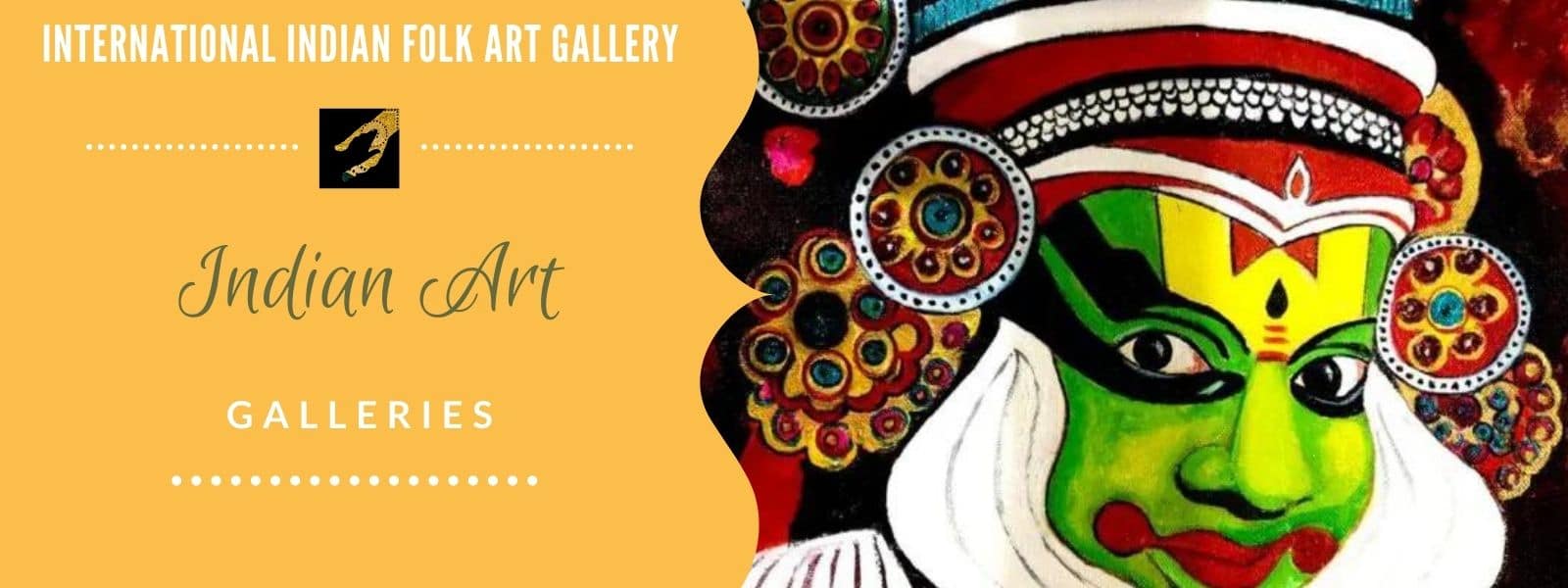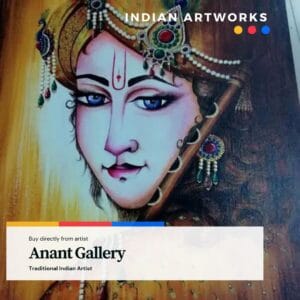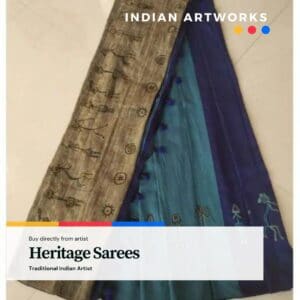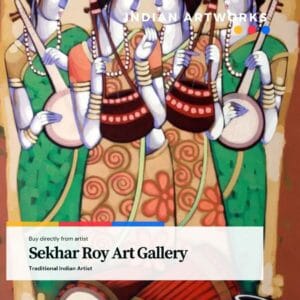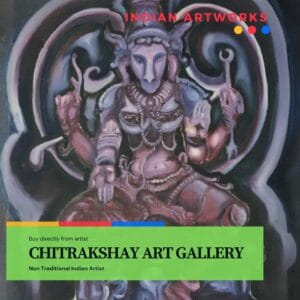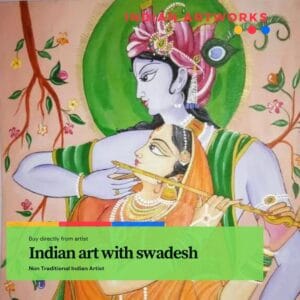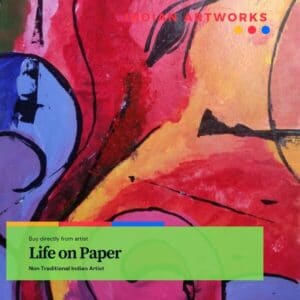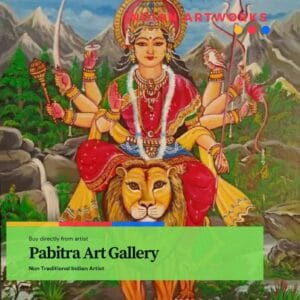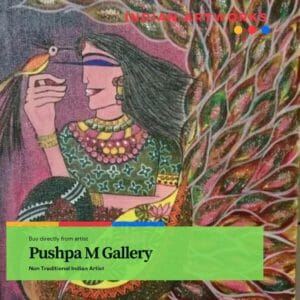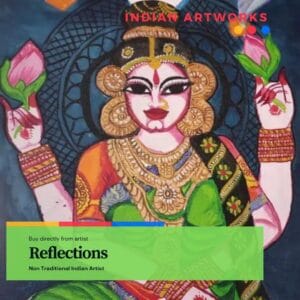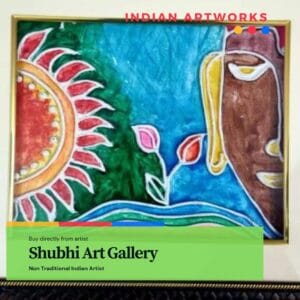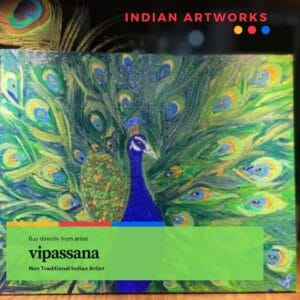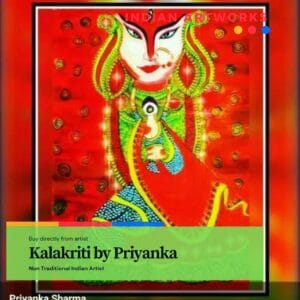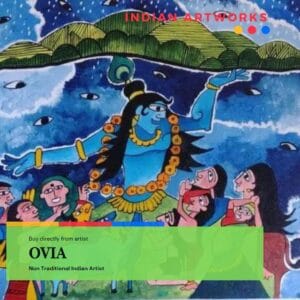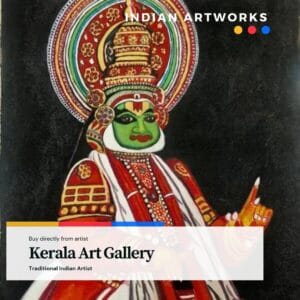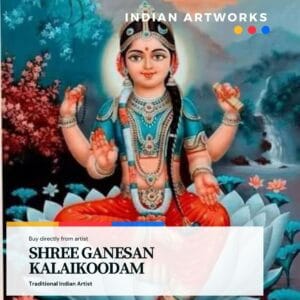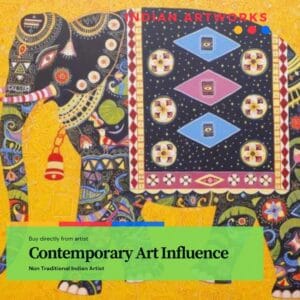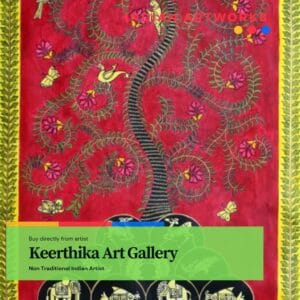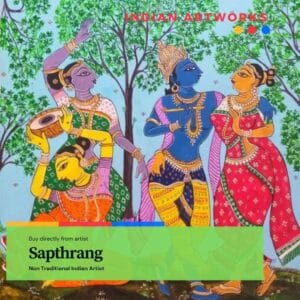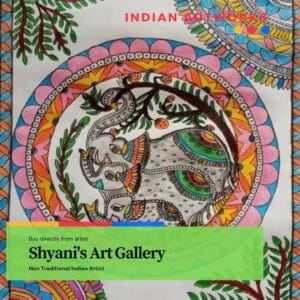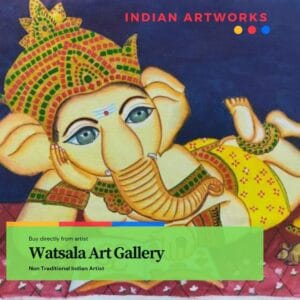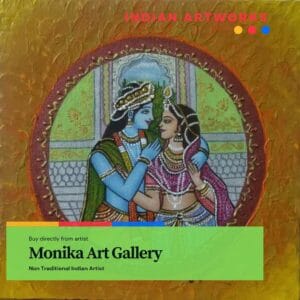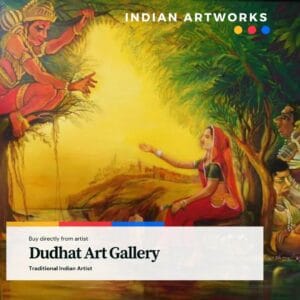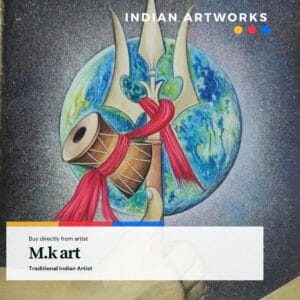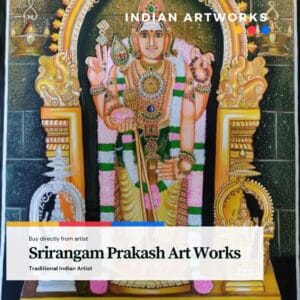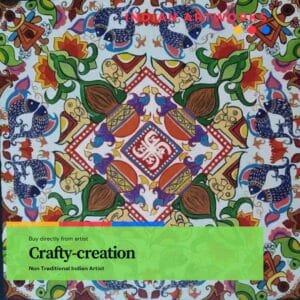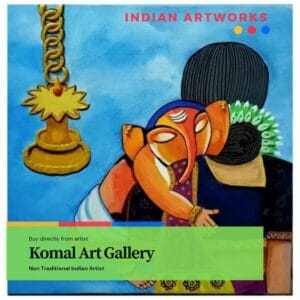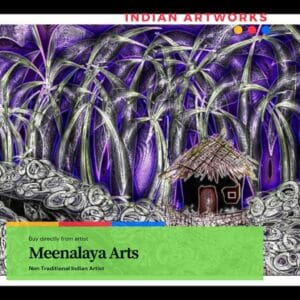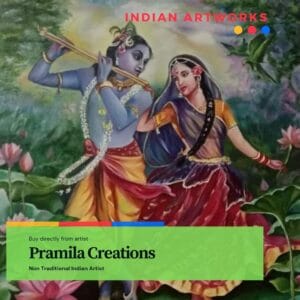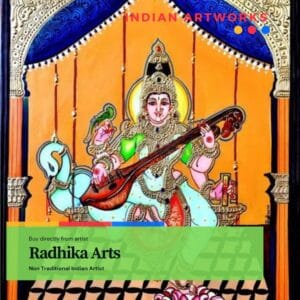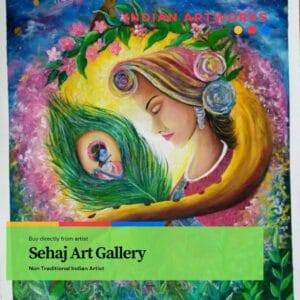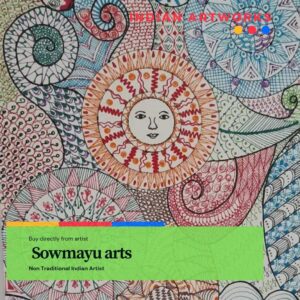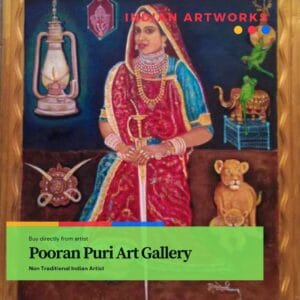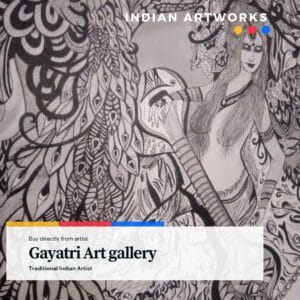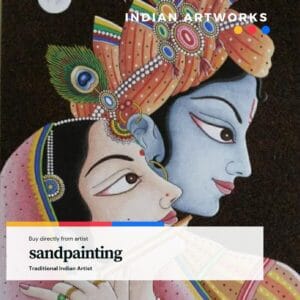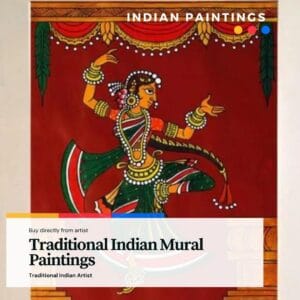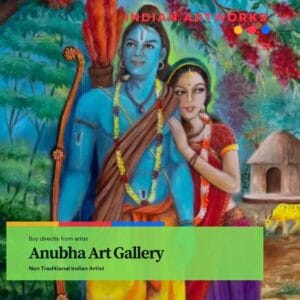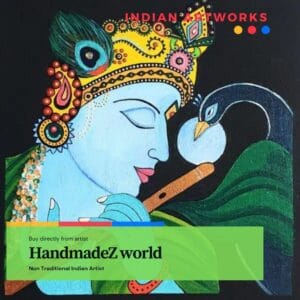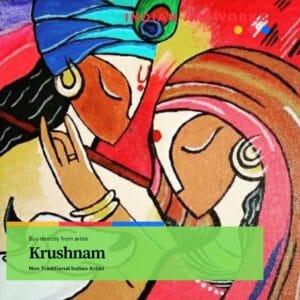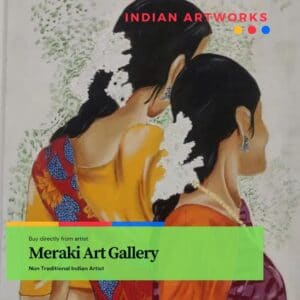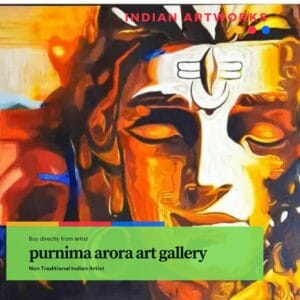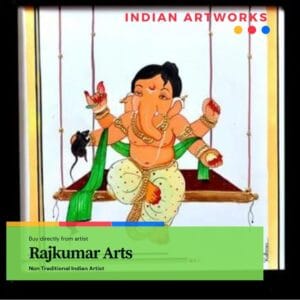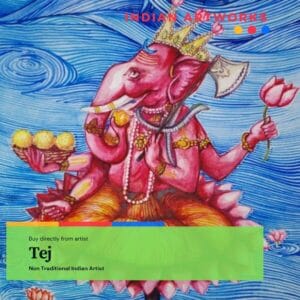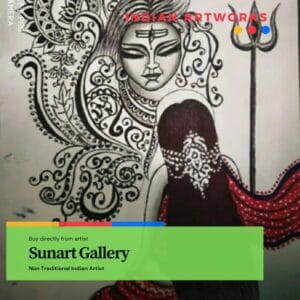Indian Art
Indian Contemporary Art
Indian Art has a long and diverse history. Contemporary art is the art of today, produced in the second half of the 20th century or in the 21st century.
The country has been through many eras and has influenced other countries in numerous ways. From Vedic philosophy, to the teachings of Buddha, India has always been at the forefront of culture-changing ideas.
Culture is an important part of any society. It can help or hinder the way a nation creates, develops, and progresses. Culture is constantly evolving with time.
Cultures and creativity both affect economic, social, and all other aspects of activity. The country of India is one of the world’s most culturally diverse countries, as it has been home to a multitude of cultures for millennia.
This diversity in Indian Art and Culture is symbolized by the plurality of its culture. India has one of the world’s largest collections of songs, music, dance, theatre, folk traditions, performing arts and rites and rituals.
In Indian Art and Culture, one of the few forms of entertainment in ancient India was folk arts. Indian arts are culturally based art forms that are handed down through generations. These traditional Indian art forms include music, dancing, puppetry, storytelling, and much more. This is a very unique feature of Indian Art and Culture.
Contemporary Indian art in general is a combination of many different materials, methods, concepts and subjects which challenge our usual boundaries. It’s diverse and eclectic and distinguishes itself from earlier styles of art because it doesn’t stick to specific rules.

In Indian Art and Culture, the art of storytelling has been around for as long as humans have been telling one another stories. It has evolved over time to reflect changes in technology and religion and social norms. It is said that storytelling first began with the fire story – where people would gather around a fire at night and tell each other stories.

